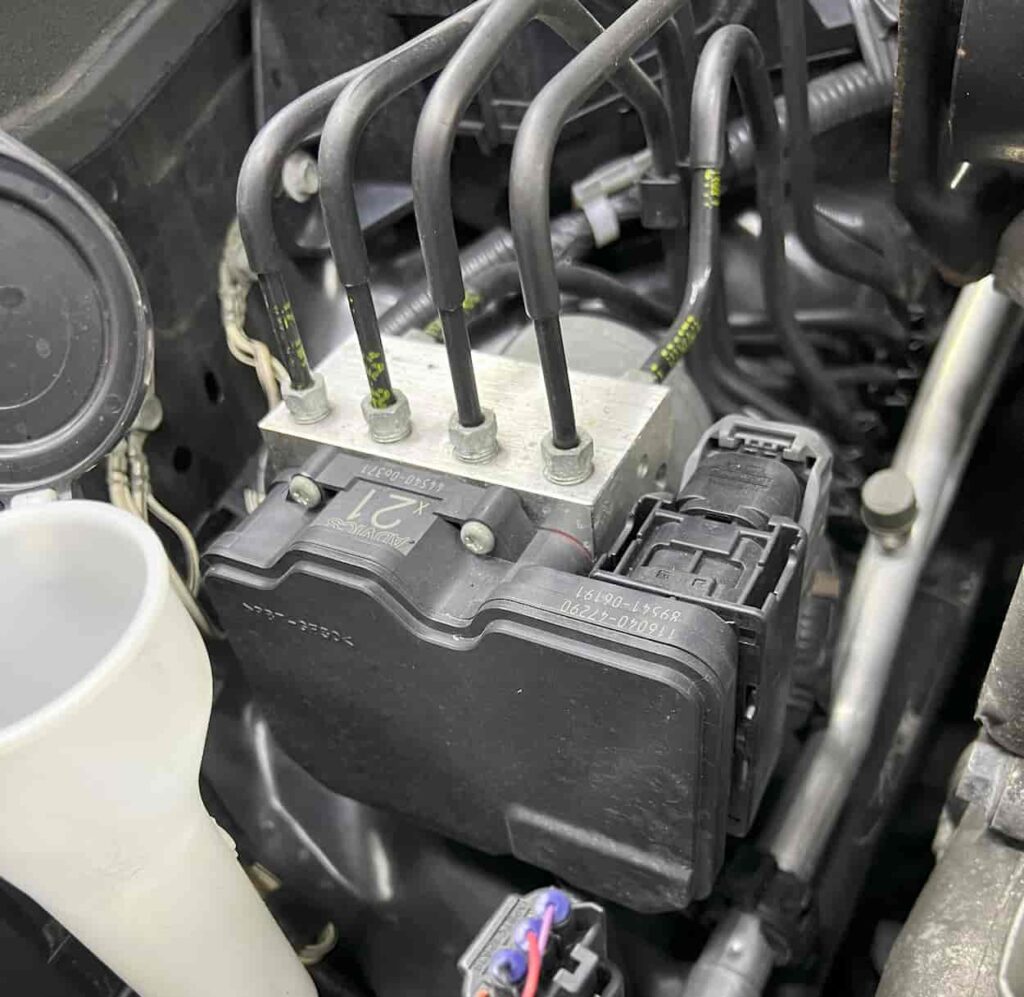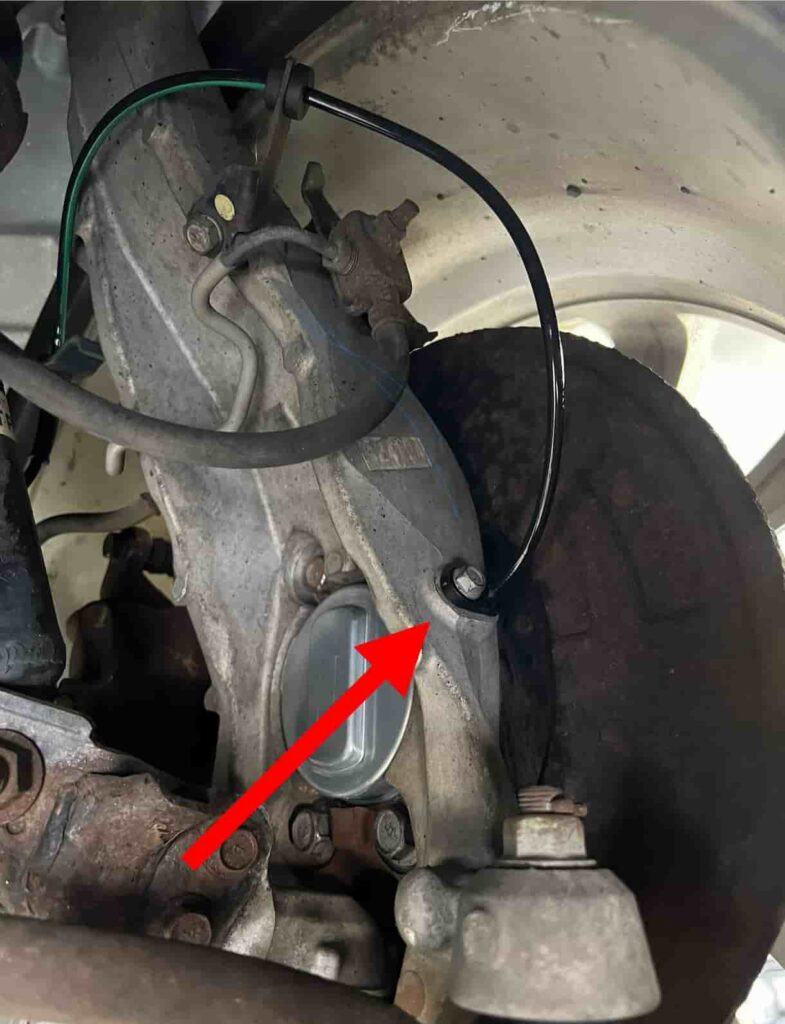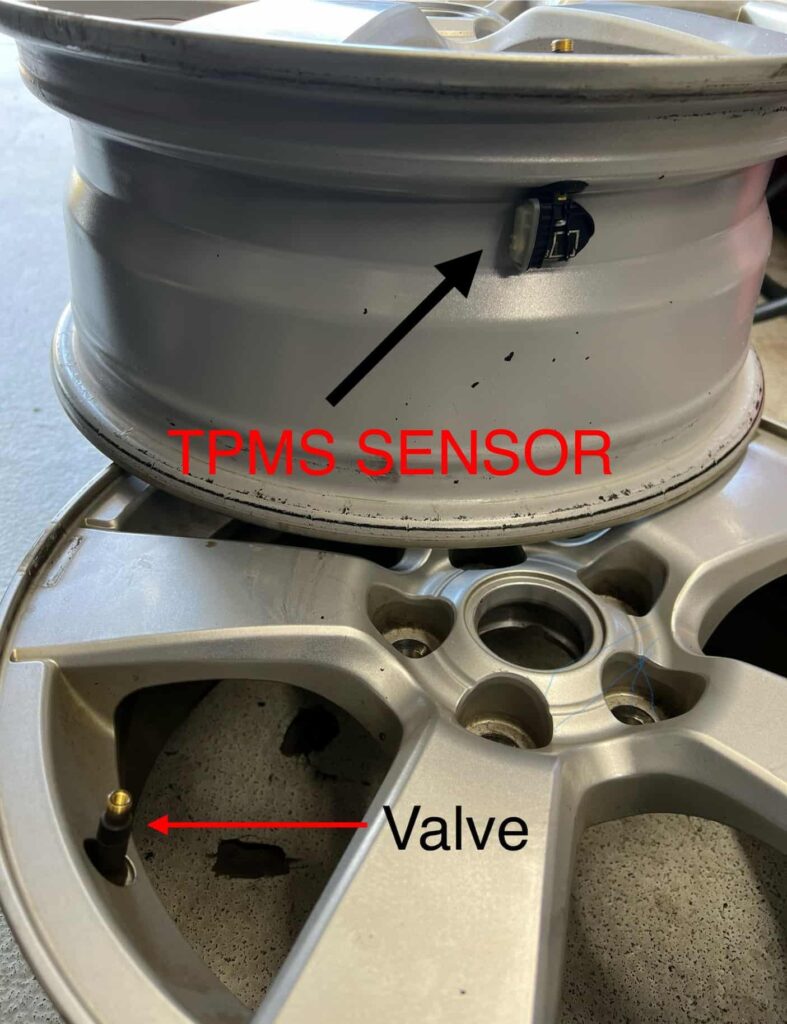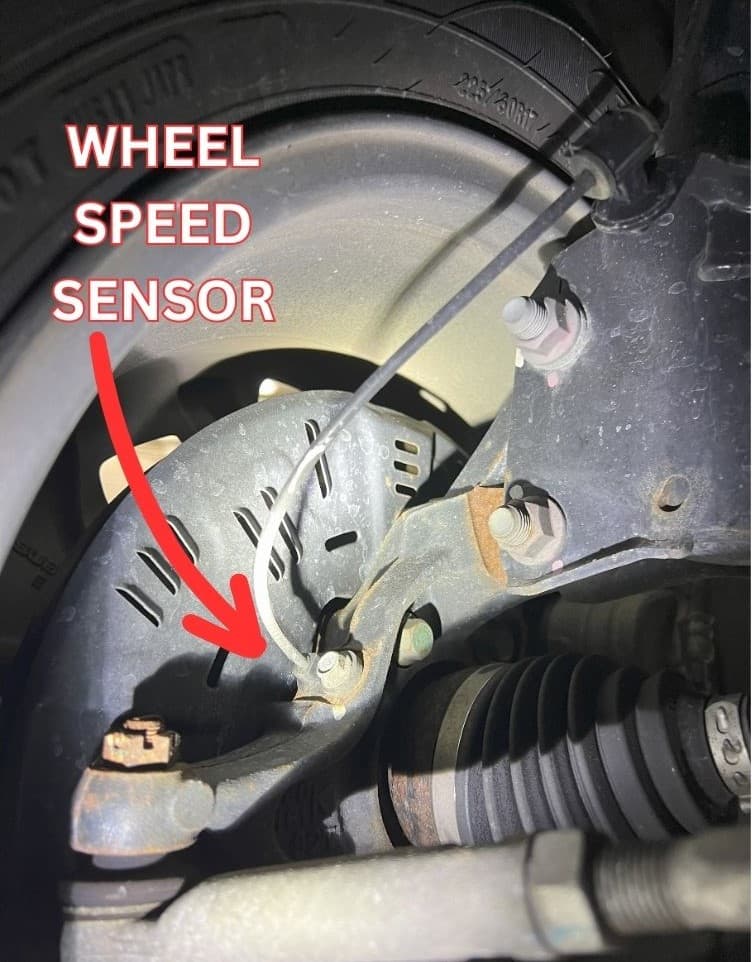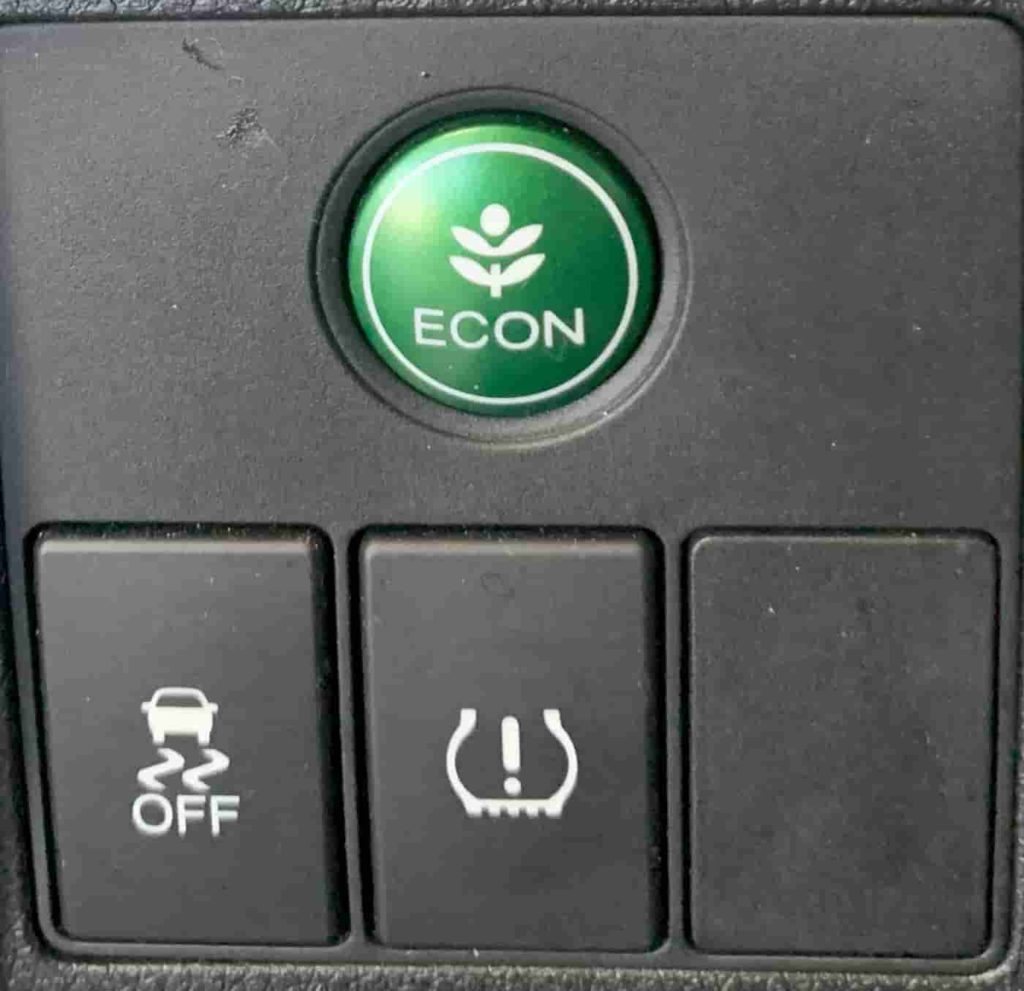In the ever-evolving world of automotive technology, safety systems have become more sophisticated and interconnected. Two critical components of some modern vehicles are the Anti-lock Braking System (ABS) and the Tire Pressure Monitoring System (TPMS). While these systems serve their own distinct functions, they are closely related in some vehicles through what is known as an indirect TPMS. This article explores the relationship between ABS and indirect TPMS, shedding light on how they work together to enhance vehicle safety and performance.
Understanding Anti-Lock Brake Systems
The Anti-lock Braking System, commonly known as ABS, is designed to prevent the wheels of a vehicle from locking up during braking. This helps maintain steering control and reduces stopping distances on slippery surfaces. ABS operates using several key components:
Wheel Speed Sensors: These sensors monitor the speed of each wheel.
Valves: Controlled by the ABS, these valves modulate the brake fluid pressure to prevent wheel lock-up.
Pump: Restores pressure to the brake lines after the valves have released it.
Controller: The electronic unit that processes signals from the wheel speed sensors and controls the valves.
Overview of Tire Pressure Monitoring Systems (TPMS)
TPMS is a system designed to monitor the air pressure inside pneumatic tires on various types of vehicles. TPMS can be classified into two main types: direct and indirect.
Direct TPMS: Uses battery powered tire pressure sensors inside each tire (on the base of each tire valve stem) to transmit real-time air pressure and temperature data to the vehicle’s onboard computer.
Indirect TPMS: Relies on the ABS wheel speed sensors to detect changes in tire pressure based on the rotational speed of the tires.
Maintaining proper tire pressure is crucial for several reasons:
Safety: Properly inflated tires improve vehicle handling and reduce the risk of tire blowouts.
Vehicle Balance: Every vehicle is built and designed to drive with the specific manufacturer recommended air pressure levels.
Fuel & Battery Efficiency: Correct tire pressure minimizes rolling resistance, enhancing fuel economy and battery range on EV or hybrid vehicles.
Tire Longevity: Ensuring proper tire pressure helps extend the lifespan of tires.
How Vehicle Wheel Speed is Calculated
The calculation of wheel speed is essential for the functioning of both ABS and indirect TPMS. Here’s a detailed explanation of the process:
Wheel Speed Sensors: Each wheel is equipped with a sensor that measures its rotational speed. These sensors are typically magnetic and work in conjunction with a toothed ring, also known as a tone ring or reluctor ring, mounted on the wheel or axle.
Magnetic Field Interaction: As the wheel rotates, the teeth of the tone ring pass by the wheel speed sensor, which generates an alternating electrical signal. The frequency of this signal corresponds to the wheel’s rotational speed.
Signal Processing: The electrical signal generated by the wheel speed sensors is sent to the ABS controller. The controller processes these signals to determine the rotational speed of each wheel.
Comparative Analysis: The ABS controller continuously compares the rotational speed of all four wheels. Under normal driving conditions, the wheels should rotate at approximately the same speed. However, if a tire is underinflated, its effective rolling diameter decreases, causing it to rotate faster than the other tires.
Data Interpretation: The ABS controller interprets these differences in wheel speed. For ABS functionality, this helps in modulating brake pressure to prevent wheel lock-up. For indirect TPMS, the system uses this information to detect discrepancies in tire pressure.
Indirect TPMS and ABS: The Connection
Indirect TPMS leverages the existing ABS wheel speed sensors to monitor tire pressure. Indirect tire pressure monitoring systems DO NOT use tire pressure sensors inside each tire. Here’s how the integration works:
ABS Sensors: The same sensors that monitor wheel speed for ABS also detect changes in the rotational speed of each tire.
Pressure Detection: When a tire loses pressure, its diameter decreases, causing it to rotate faster than the properly inflated tires. The ABS sensors pick up on this discrepancy.
Data Processing: The vehicle’s onboard computer analyzes the data from the ABS sensors to determine if there is a significant difference in wheel speeds, indicating a potential loss of tire pressure.
This integration allows vehicles to benefit from tire pressure monitoring without the need for additional sensors, making it a cost-effective solution.
Advantages of Integrating ABS with Indirect TPMS
The integration of ABS with indirect TPMS offers several advantages:
Cost-Effectiveness: Since indirect TPMS uses existing ABS sensors, it eliminates the need for installing separate tire pressure sensors, reducing manufacturing and maintenance costs.
TPMS Reset: Most vehicles that use indirect TPMS have a function to reset the tire pressure light on the dashboard such as a TPMS reset button or tire pressure monitoring system recalibration function.
Reliability: Vehicles using indirect TPMS do not have issues with tire pressure sensors, as they rely on the ABS wheel speed sensors, which are generally more robust and less prone to failure compared to direct TPMS sensors.
Vehicles Utilizing Indirect TPMS
Many modern vehicles utilize indirect TPMS. For example, several models from manufacturers like Volkswagen, Audi, and Honda have adopted this technology.
Potential TPMS Drawbacks and Considerations
Despite its benefits, indirect TPMS has some limitations:
Accuracy Concerns: Indirect TPMS may not be as precise as direct TPMS because the vehicle has to be moving for the system to calculate tire pressure. Indirect is less precise then direct TPMS especially in detecting slow leaks or slight pressure variations.
Maintenance Challenges: The integration of ABS and TPMS can complicate maintenance. Any issues with ABS sensors (such as faulty wheel speed sensors) can impact the performance of the TPMS and trigger a low tire light even when air pressure is correct.
FAQ's
If my car’s ABS and TPMS lights are both on, what should I do?
If both your ABS and TPMS lights are on, first check the tire pressure using a tire pressure gauge and adjust the air pressure to the recommended levels found on the driver side door sticker. Then, reset the TPMS system according to your vehicle’s manual. Next, use an OBD-II scan tool to diagnose any error codes and confirm that all four wheel speed sensors are functioning properly. If a problem is detected, inspect the sensors and their wiring for damage or debris.
If my car’s wheel speed sensors stop working, will my TPMS light turn on?
Yes, if your car’s wheel speed sensors stop working, it can trigger the TPMS light. Indirect TPMS relies on these sensors to monitor tire pressure, so a malfunction in the wheel speed sensors will affect the TPMS functionality.
How do I know if my car has direct or indirect TPMS?
To determine if your car has direct or indirect TPMS, you can check your vehicle’s owner manual. If your drivers manual says it calculates tire pressure based on wheel speed rotation, you have an indirect tire pressure system. Sometimes you can tell by looking at the valve stem, a metal valve stem usually indicates a tire pressure sensor (direct TPMS). Search for your vehicle in the search bar on our website and it will tell you what kind of tire pressure system your vehicle has.
Why is my low tire pressure light on even when my tire air pressure is correct?
If your low tire pressure light is on despite correct tire pressure, it could be due to a recalibration issue, wheel speed sensor issue, or a recent tire rotation or replacement. Follow your vehicle’s tire pressure reset procedure, double check the air pressure matches the recommended air pressure on the driver side door sticker, drive the vehicle for 15 minutes at speeds exceeding 25 mph, or use an OBD2 scan tool to diagnose the issue.
About the Author
Stefan A. – Professional Automotive Technician – I am currently an automotive technician in New Jersey and have worked in private shops as well as dealerships. When I am not writing articles I am wrenching on race cars and driving radio controlled cars at the track!
Please note that this blog post contains Amazon affiliate links. This means that if you make a purchase through one of these links, we at TPMSRESET.COM may earn a small commission at no extra cost to you. We only recommend products that we personally use and believe in. Thank you for supporting us.
